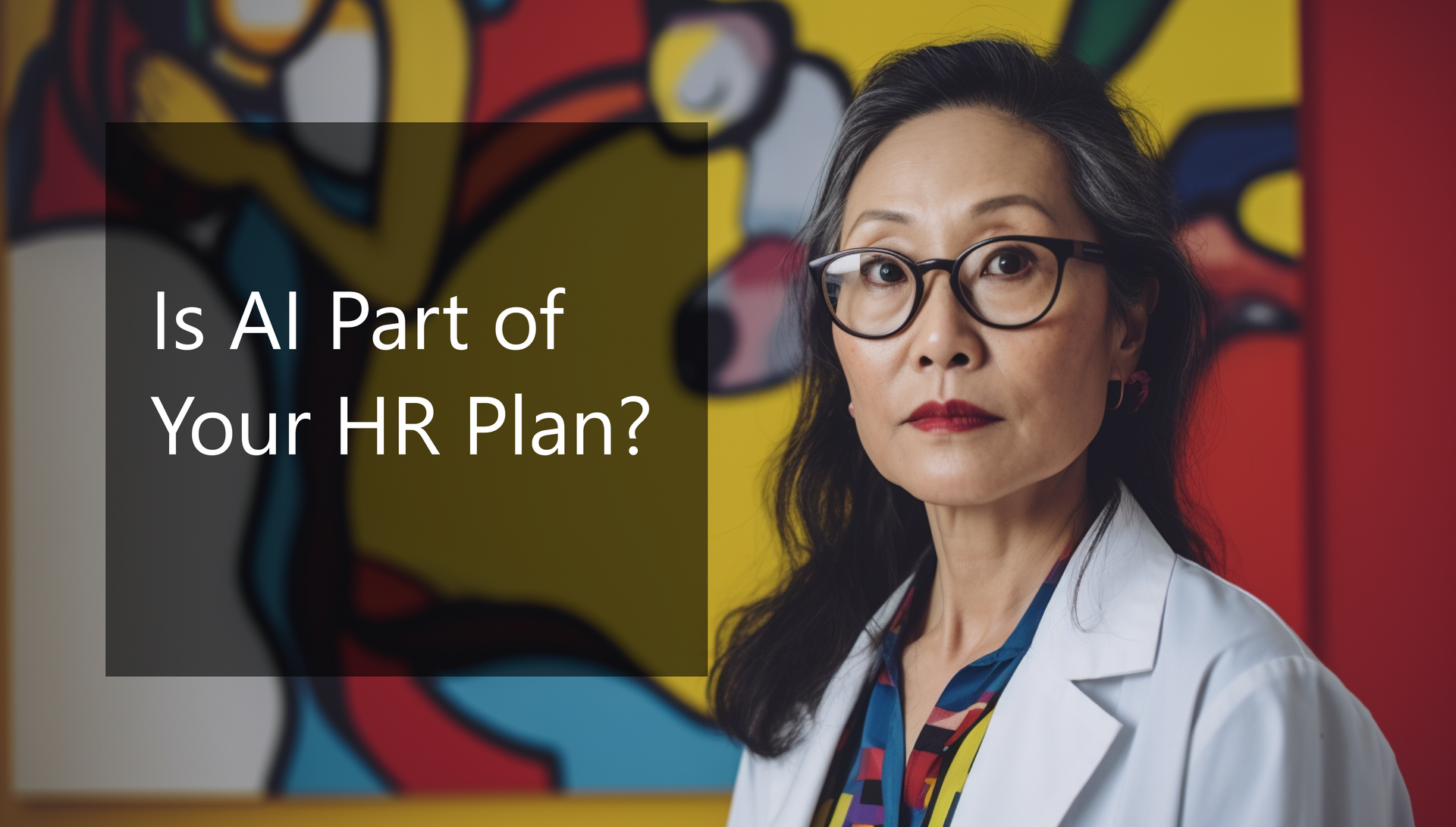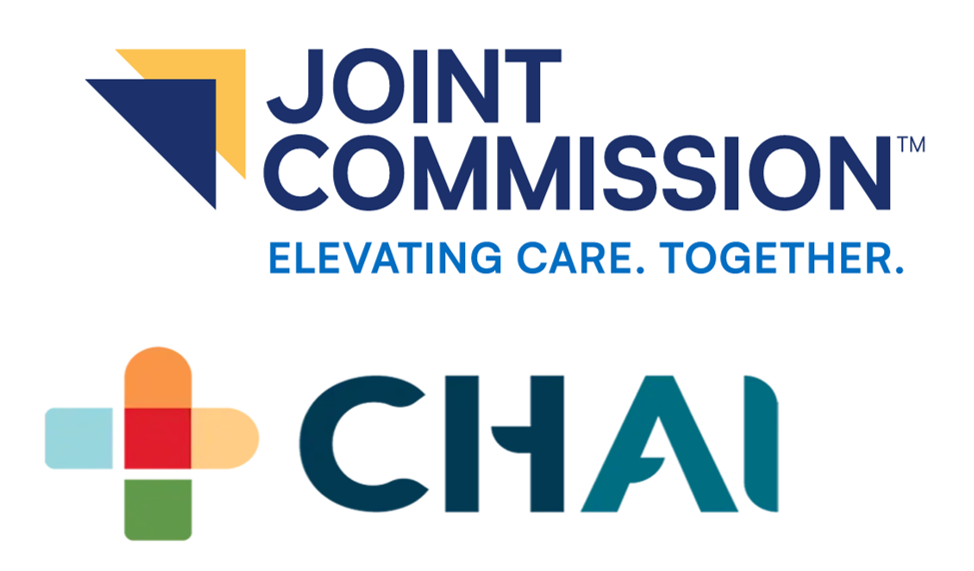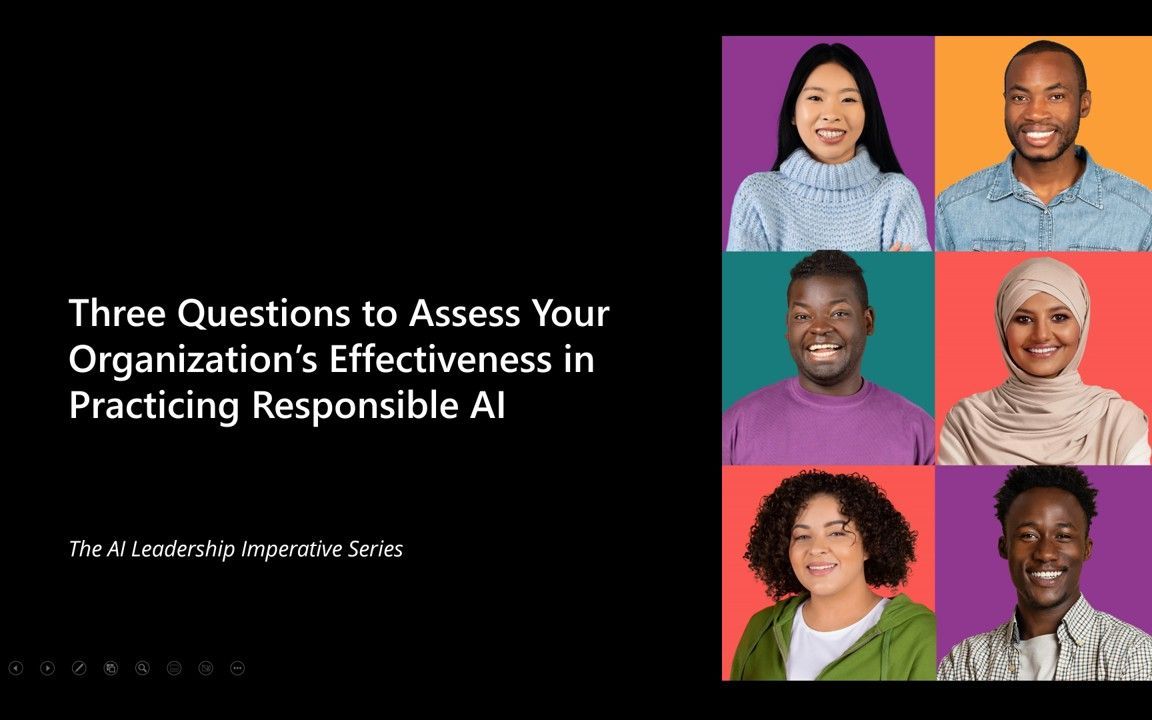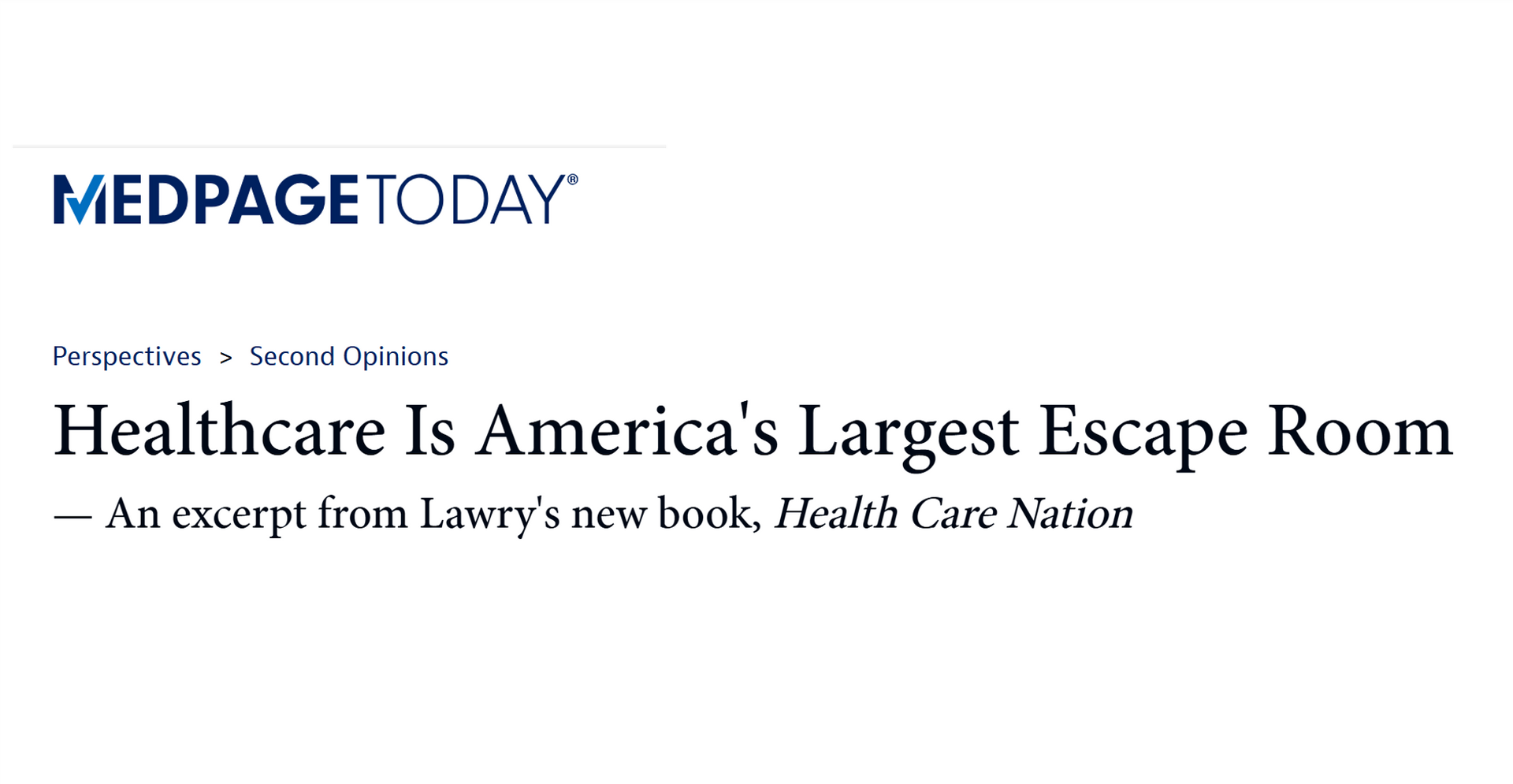AI in Health and Medicine Blog

Network inaccuracy isn’t an inconvenience — it’s a public health crisis. Four out of five provider directory listings in major health plans are wrong. That bad data drives higher costs, delayed care, and fear for millions of Americans already worried about getting sick. This isn’t a complex problem to fix. It’s a neglected one. Thi s article is worth reading. T.

In my keynote presentations to healthcare leaders, one of the questions I always pose is this: Is AI part of your organization’s HR plan? When it comes to AI, healthcare leaders often overestimate the challenges of technology and underestimate the challenges of people. Employee resistance and lack of understanding are among the top reasons AI initiatives fail to deliver on their promise. This isn’t a criticism. It’s an acknowledgement that the single greatest question anyone in the healthcare workforce has is this: What does AI mean to me and my career? That’s why upskilling the healthcare workforce on AI basics isn’t optional—it’s mission-critical. Here are a few essentials every healthcare leader should consider when building AI fluency across their organization: ✅ Start with awareness, not algorithms. Help staff understand what AI is—and isn’t. ✅ Link learning to purpose. Tie AI education to improving care, safety, and patient outcomes. ✅ Tailor training to roles. A nurse, clinician, and administrator each need different levels of literacy. ✅ Make it continuous. AI learning shouldn’t be a one-off workshop—it’s a journey. ✅ Foster psychological safety. Encourage curiosity and open dialogue about change. ✅ Teach responsible AI. Build fluency in bias, privacy, and ethical use. AI readiness is strategic—not optional. And so, is AI part of your HR plan today? How is your organization preparing its workforce for the age of intelligent care? What steps are you taking to turn AI fear into AI fluency? T.

The Joint Commission and Coalition for Health AI (CHAI) just released the first national guidance (US) on the Responsible Use of AI in Healthcare. This is a practical, flexible framework designed to help health systems of all sizes govern, validate, and monitor AI responsibly—while ensuring patient safety and trust. Coming next: AI governance playbooks and a voluntary AI certification program for more than 22,000 accredited organizations nationwide. This is a significant step forward for provider organizations in the United States seeking a standard, well-vetted approach to responsibly deploying AI. Go here for more information. T.

I recently did the opening keynote for the annual gathering of the Forum for Healthcare Strategists to discuss the almost unlimited opportunities that forward-thinking marketing and patient experience leaders have to move us from "one-size-fits-all" to a highly personalized and effective experience for every patient and health consumer. Thank you, Chris Boyer, for interviewing me and allowing me to share my thoughts on AI and strategic marketing in healthcare. The interview may be found here . T.

I’m excited to be heading to Johannesburg in January to keynote and serve on the faculty for AMLD Africa. Love that this is an event driven by students from Africa and around the world who are dedicated to democratizing Artificial Intelligence across the continent through knowledge-sharing, ethical development, and inclusive innovation for an equitable digital future. The event is happening on the campus of Wits University January 26-29, and is geared towards students, researchers, startups, industry professionals, policymakers who are interested in shaping an intelligent future for Africa. Go here for more information: https://mlafrica.org/event/amld-africa-2026/

I was in New York last week to do the opening Keynote for the HIMSS 2025 AI Forum. It was a great international gathering to review and discuss the state of AI in health and medicine. My keynote for this event focused on how AI is driving fundamental changes in the provision of health and medical services as a backdrop to what I call the "AI Leadership Imperative." Done right, AI is not about technology. It's about EMPOWERMENT. 2025 is the year health and medical leaders must move away from Fear of Missing Out as a motive and put in place the people and processes necessary to use AI to drive value at scale across health enterprises. For a deeper look at what I covered in my HIMSS talk, GO HERE for a thoughtful review of my session by Gil Bashe of Medika Life.

As we commemorate Juneteenth, let us recognize that, despite decades of progress, systemic disparities persist in who gets care, when, and how. These gaps are rooted in the embedded policies, norms, and practices that advantage some and disadvantage others. Health care is a noble cause, and it needs our help. I hope you will take a few minutes to reflect on the information I’ve excerpted from my new book, Health Care Nation. Each of us has the power to make a difference. Health equity isn’t just a moral imperative—it’s a path toward a more just and prosperous future for all of us. T.

This week, I hit the airwaves on Shake It Off—a talk radio show reaching listeners across the greater New York City area—to share the story behind my new book Health Care Nation. We didn’t just talk health care. We talked movement building . I believe it’s time for citizens and clinicians alike to raise their voices—not just in frustration, but in reimagining what American health care could be . If you're ready to challenge the status quo and be part of a smarter, more humane system, give this a listen .

Everyone’s talking about Responsible AI. But when it comes to actually putting principles into practice, the follow-through is often inconsistent. That’s why I’ve adapted a leadership module I use in my advisory work and made it available as a free download. It’s designed to help clinical and operational leaders ask—and answer—three key questions that reveal how well their organization is developing, implementing, and managing AI in ways that truly serve all patients and consumers. If you're serious about making Responsible AI real, not just rhetorical, this tool is a great place to start. Go here to download this guide.

I have just published an op-ed piece in MedPage Today, which is an excerpt from a chapter in my book, Health Care Nation. In many ways, health care has become America’s largest escape room. We’ve locked our most talented health care experts and consumers in with a staggering $4.7 trillion of our own money. The problem is that we haven’t figured out how to escape the maze of convoluted policies, skewed financial incentives, and entrenched traditions that are steering amazing people and 17.3% of our Gross Domestic Product (GDP) in the wrong direction. Go here to learn more.